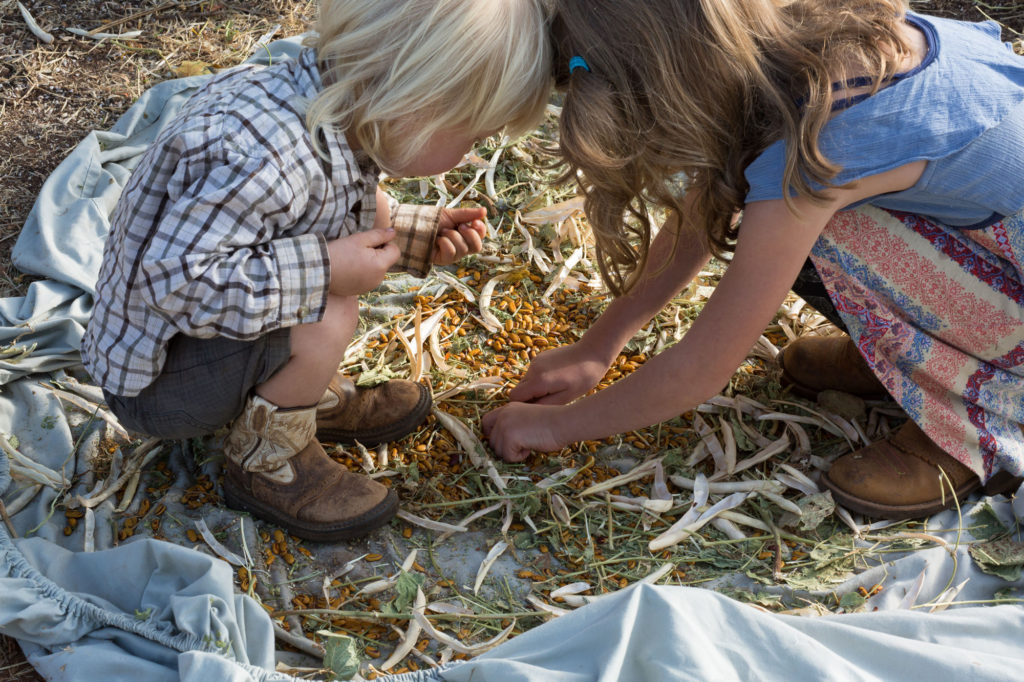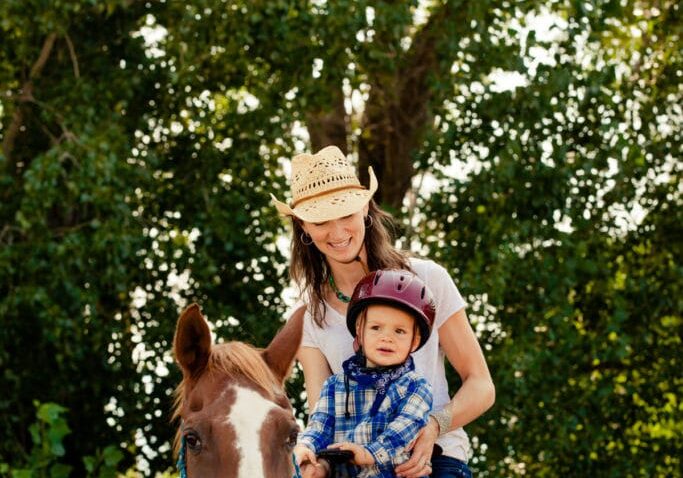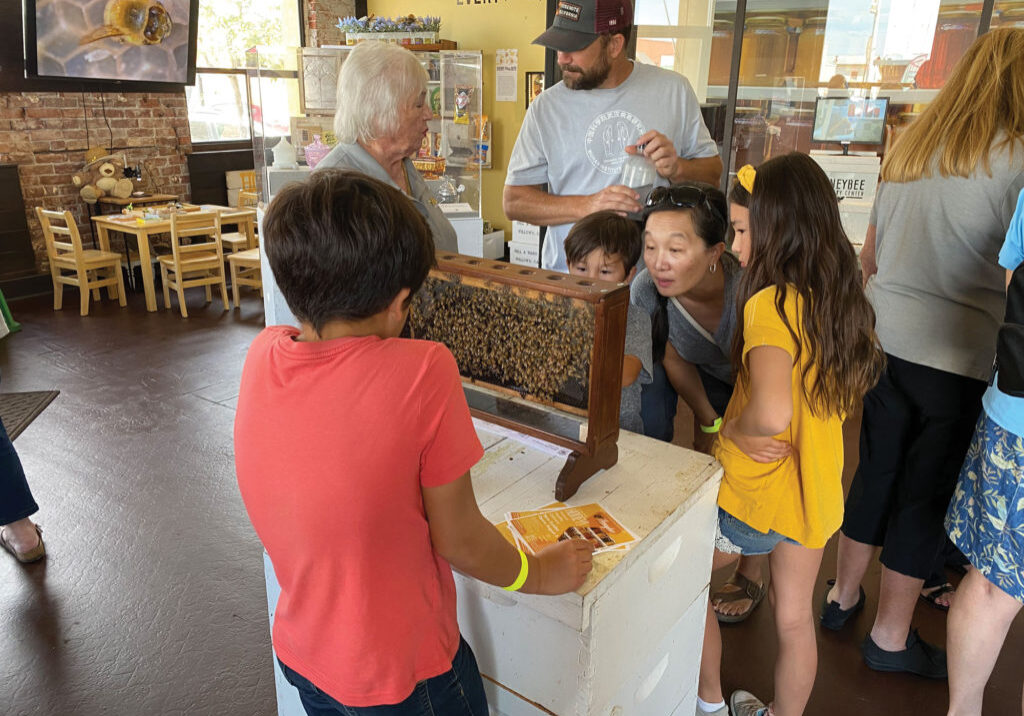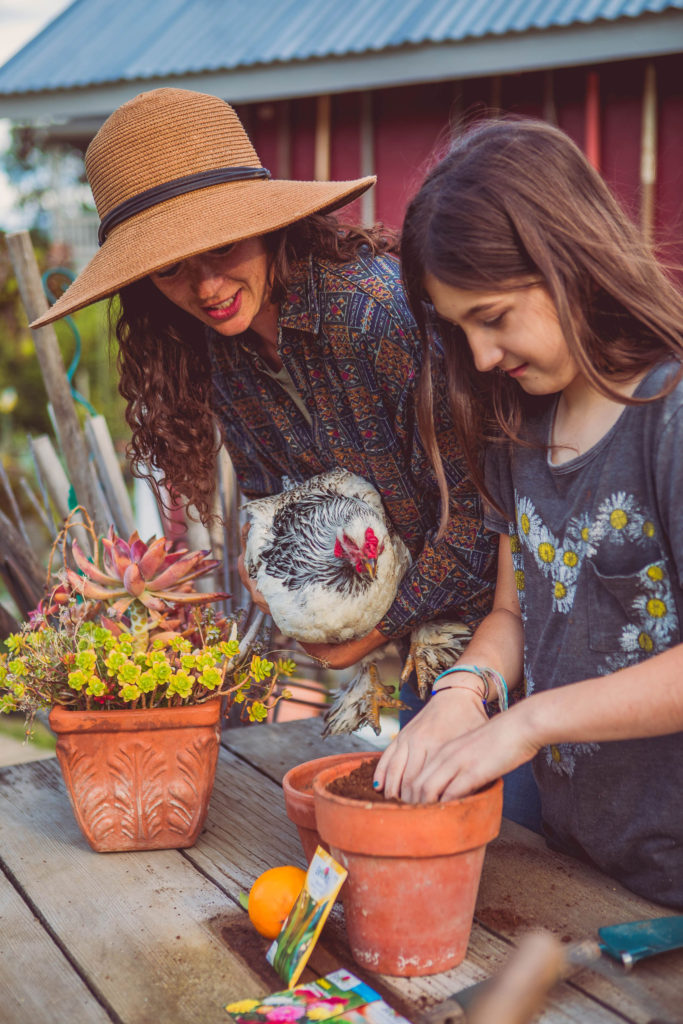

Krista Brumbaugh and her nine-year-old niece, Isabel, love working in the family garden. Photo by Crystal Amen Photography.
Gardening creates bonds with children, community and nature
Steven Bryan, Regional Director-South Siskiyou County, Siskiyou Community Collaborative, knows how important gardening can be to children. He says, “Gardening is a great way to bond with your children, community and nature. Gardening is very therapeutic and helps to center yourself. The smell of the soil and the time spent in the garden refreshes your senses and allows you to release any stress and get clarity on your thoughts. Gardening is also a great social activity that brings people together, especially in a community garden setting. Sharing ideas, techniques and time honored traditions brings others together.”
I cannot remember a time in my life when not surrounded with growing things. As an adult, I absolutely adore my garden, and I’ve taught my children the same. Each of them began their gardening careers on the sidelines in a playpen. From there, they not only learned gardening but math, language, science, home economics, and more—all while growing our food.
Learning to garden is enjoyable in its own right. The other things that children can learn from the process are like icing on the cake. Once you start trying a few of these suggestions, your creativity will take over, and you will discover more ways to have a great time making memories as a family.
Planning can be deeply satisfying
Planning what to plant, buying seeds, and starting seeds are all activities that kids love to do. But what about stretching those activities into the academic side of life? Here are a few ideas to help get you started:
If your kids are new to the concept, growing an indoor herb garden with rosemary, sage, and lavender on a sunny kitchen windowsill is a great way to start. Picky eaters and children introduced to gardening are more likely to try foods they may not have eaten before, having nurtured a vegetable, fruit, or herb.
When the kids are ready to get into the dirt, take them to a store that sells seeds and let them pick out a bunch of packets. Look up how many seeds of a particular vegetable you need for a row in your garden. Have your child measure the row, then figure out how many seed packets he would need to plant a row (or more) in your garden. If you’re getting starts at the farmer’s market or local garden store, have them do research on the different veggies so they can plan for optimum placement.
Learning as the garden grows
After all the planning and planting, we tend to sit back and watch our garden grow until it seems the weeds pop up from nowhere, the bugs come in full force, and everything looks a little stressed. By the time this stage rolls around, your kids will be very invested in their garden and will work to keep it healthy.
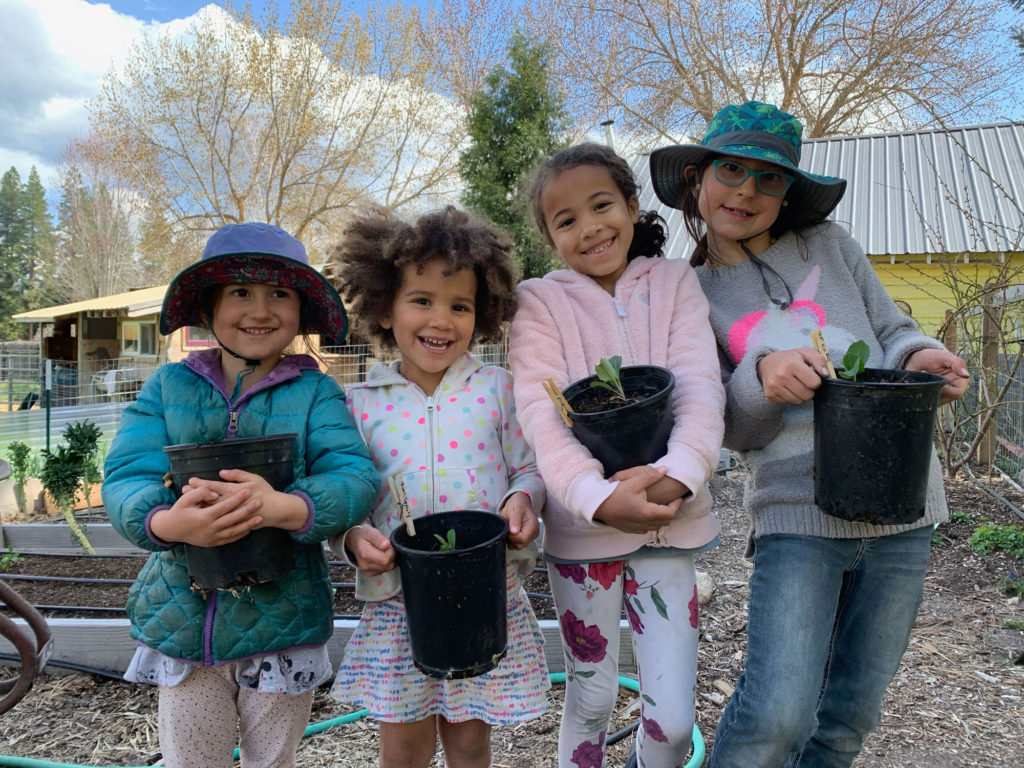

Garden girls at Maagic Mountain Farm in Mt. Shasta
Start learning about water conservation and tips for using it wisely. See if your County Extension Service offers classes in making and installing rain barrels. If not, do the research yourself and get to work. YouTube has a lot of videos teaching you how to do this.
Start a sketchbook journal for the garden. Devote a page to each weed or insect that you find. If your child feels inadequate drawing, have him take snapshots of each item and paste one per page. Label each one with both the common name and the scientific name. Include a brief description. If you plant corn or sunflowers, predict how tall they will grow, then chart their growth and note it down as the days go by.
Tricia Sahia, a parent fundraiser and garden committee member for the community garden at Chico’s Sierra View Elementary School, says “This garden is important to the children as it is proof that when a community comes together an empty field becomes an opportunity to learn about sustainability and giving back to the community. We also found a family in the garden committee in 2016, when I asked for parent volunteers. This shows the children that it really does ‘take a village.’”
Harvest time
Nothing beats harvest time for the gardener. Having jewel-like tomatoes line the kitchen window and bushels of beans waiting for the canner beats winning the lottery at our house.
You will find that children will always eat the foods they grow, and if your crops are especially bountiful, they don’t have to go to waste. Consider selling the extra at your farmer’s market (call ahead to see about booth rental). For a lesson in community sharing, donate your excess to the food pantry or gift a family in need. Keep good records of which plants and seeds were the best producers, so you’ll have a head start on next year’s planting.
Posted in: Out & About
Comment Policy: All viewpoints are welcome, but comments should remain relevant. Personal attacks, profanity, and aggressive behavior are not allowed. No spam, advertising, or promoting of products/services. Please, only use your real name and limit the amount of links submitted in your comment.
You Might Also Like...
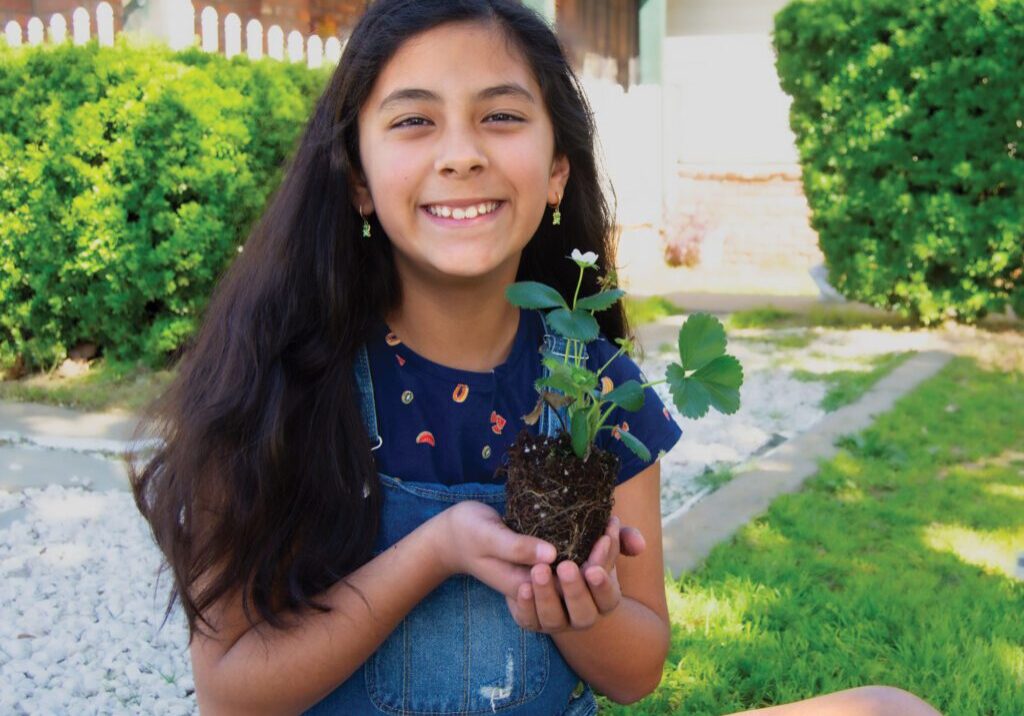
Easy Ways Families Can Celebrate Earth Day
We all know taking care of the Earth is important, but it’s easy to let the busyness of daily life push thoughts of being eco-friendly to the back burner. Being […]

Waiting for Winter Skiing, Snowboarding & Hockey, Oh My!
The entire population of California is crossing its fingers for a precipitation-filled winter season. If the wishes of millions come true, skiers, snowboarders, and budding hockey players in Northern California […]

Summer Sky: Getting Your Family Interested In Astronomy This Summer
The hot, clear skies of summer have set the stage for several “stellar” performances this August. From the monthly full moon, to the annual Perseid Meteor Shower, to the once-in-a-century […]
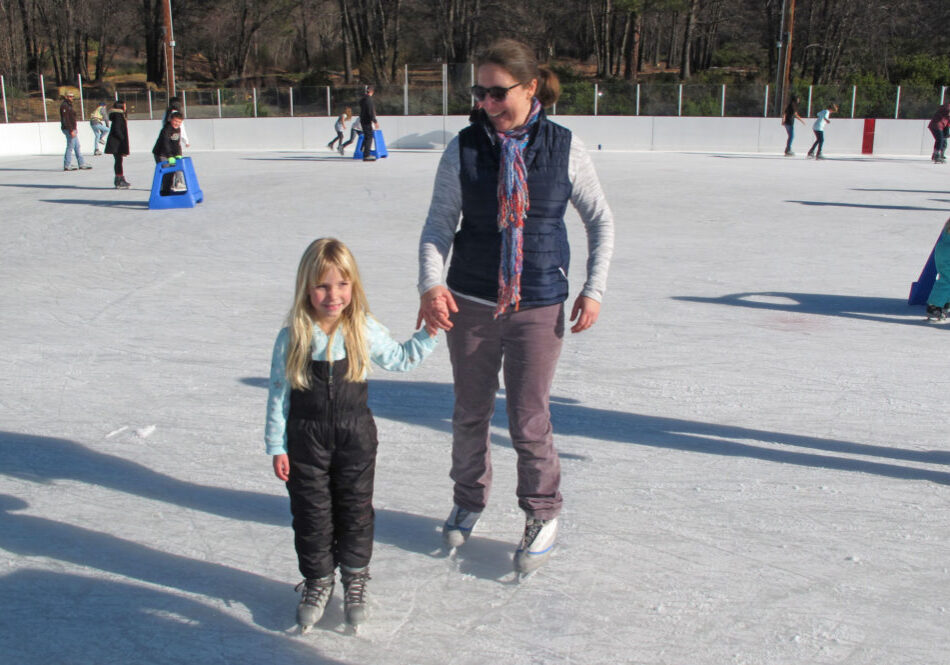
Ice Skating in the North State and Beyond
3 Regional Ice-Skating Rinks Weekends in winter are a perfect time to get adventurous and create special memories with family and friends. Take your family to enjoy the experience of […]

